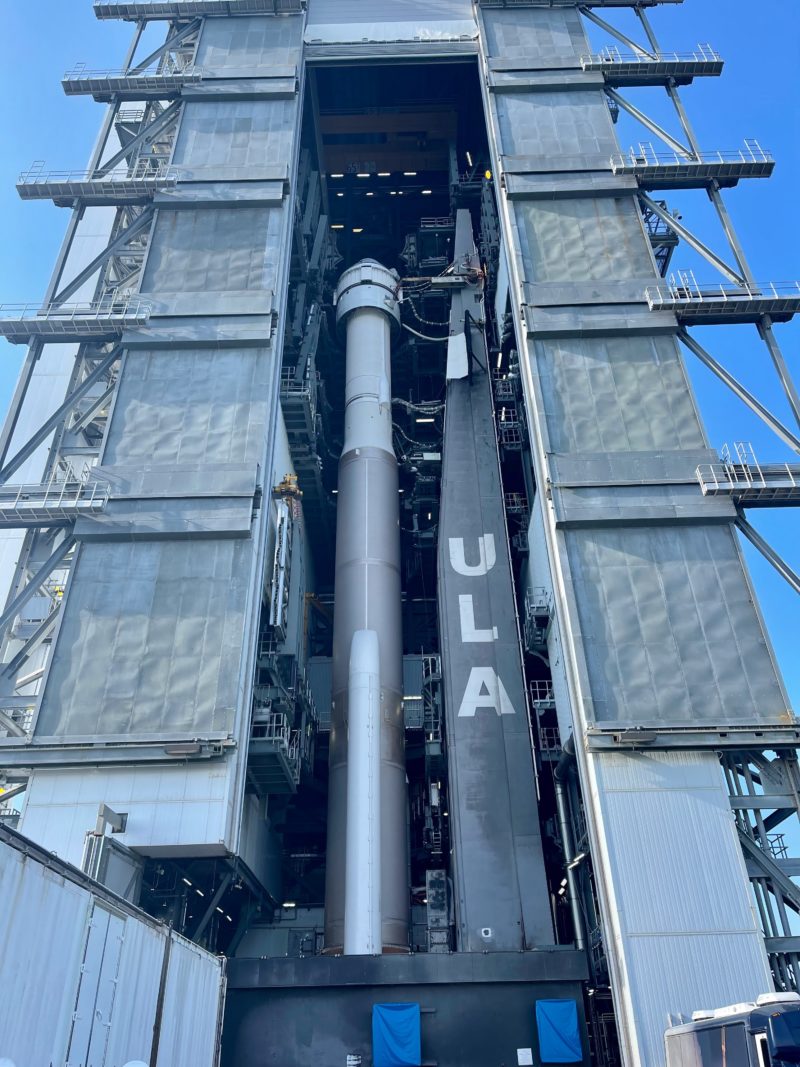
Mother Nature is pledging above-average odds that she may play ball for the next scheduled attempt to send a United Launch Alliance (ULA) Atlas V booster airborne from storied Space Launch Complex (SLC)-41 at Cape Canaveral Space Force Station, Fla., no earlier than 1:20 p.m. EDT Tuesday, 3 August. According to the 45th Weather Squadron at Patrick Space Force Base, there exists a 60-percent probability of acceptable conditions for the launch of the long-awaited second Orbital Flight Test (OFT-2) of Boeing’s CST-100 Starliner to the International Space Station (ISS). Liftoff was originally targeted for Friday, 30 July, but was called off in response to difficulties experienced during the arrival and docking of the Russia’s Nauka (“Science”) lab at the station yesterday.
Launched atop a Proton-M rocket from the Baikonur Cosmodrome in Kazakhstan on 21 July, Nauka—a 43-foot-long (13-meter) pressurized addition to the ISS, weighing some 44,880 pounds (20,350 kg)—arrived at the station early Thursday and docked autonomously at the Russian Orbital Segment (ROS) at 9:29 a.m. EDT. In addition to housing the European Robotic Arm (ERA), Nauka will provide a science lab, docking interface, crew rest area and stowage facility, with up to 11 Russian sessions of Extravehicular Activity (EVA) planned to outfit and activate it.
However, three hours later, flight controllers observed an unplanned firing of Nauka’s thrusters which caused the ISS to move out of its proper orientation. Although attitude control was later regained and NASA took pains to announce that the incumbent Expedition 65 crew “was never and is not in any danger”, the incident led to a decision to postpone the OFT-2 launch.
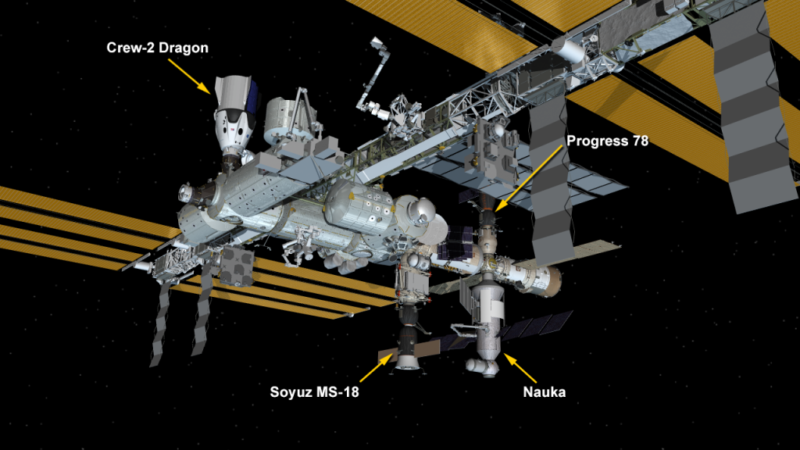
This was a pity, because after many delays this past spring both the CST-100 Starliner and the Atlas V were otherwise ready to go. Stacking of the vehicle in the Vertical Integration Facility (VIF) at SLC-41 was completed earlier this month and a Flight Readiness Review (FRR) on 22 July and Launch Readiness Review (LRR) on 27 July produced a definitive “Go” to proceed with the opening launch attempt at 2:53 p.m. EDT Friday.
The stack was rolled atop its Mobile Launch Platform (MLP) from the VIF to the pad surface on Thursday morning. “First motion” occurred at 9:55 a.m. EDT and the 172-foot-tall (52.4-meter) booster was “hard-down” on the pad pedestals about 64 minutes later.
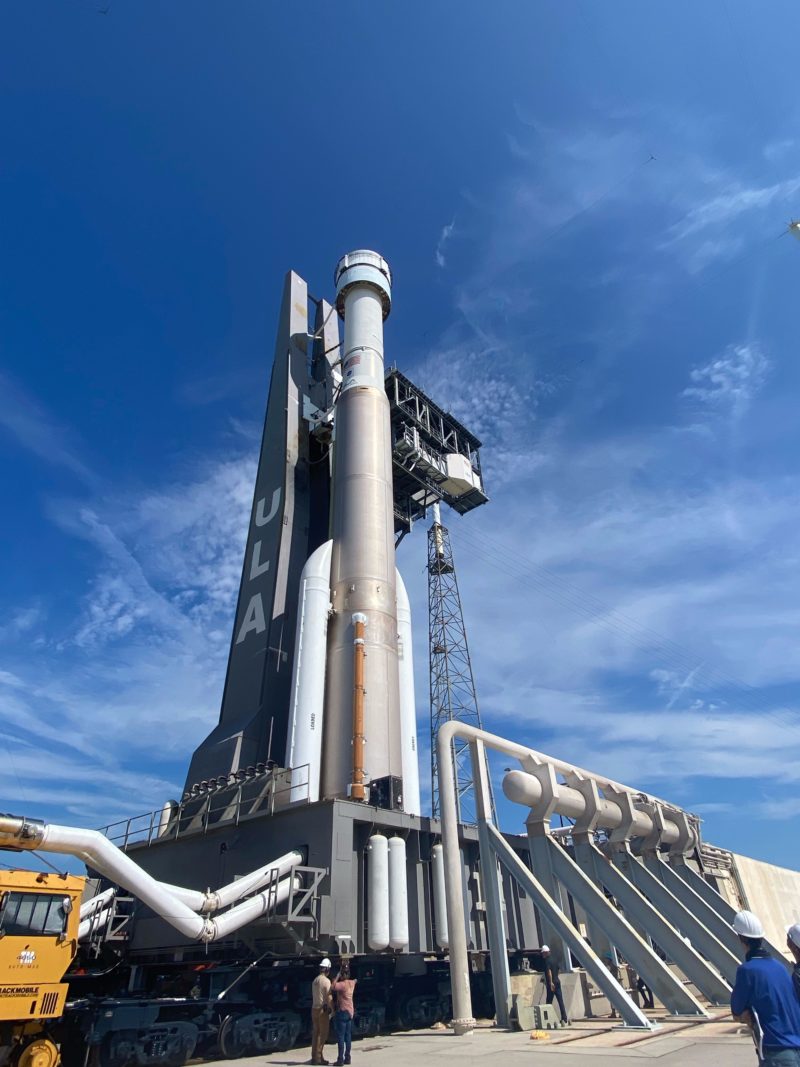
Shortly afterwards, technicians began powering up the Atlas V Common Core Booster (CCB) and Centaur upper stage systems, ahead of fueling. The 48-foot-long (14-meter) swing arm was extended, linking the Crew Access Tower at SLC-41 with the CST-100 Starliner, to enable hatch opening and access into the spacecraft by the eight-person ULA/Boeing Blue Team.
But on Thursday afternoon, as the magnitude of the Nauka issues became apparent, NASA and ULA elected to stand down Friday’s launch attempt. Early Friday morning, ULA announced that—“for the protection of the Starliner and Atlas V and to avoid inclement weather”—it would roll the stack back under cover into the VIF.
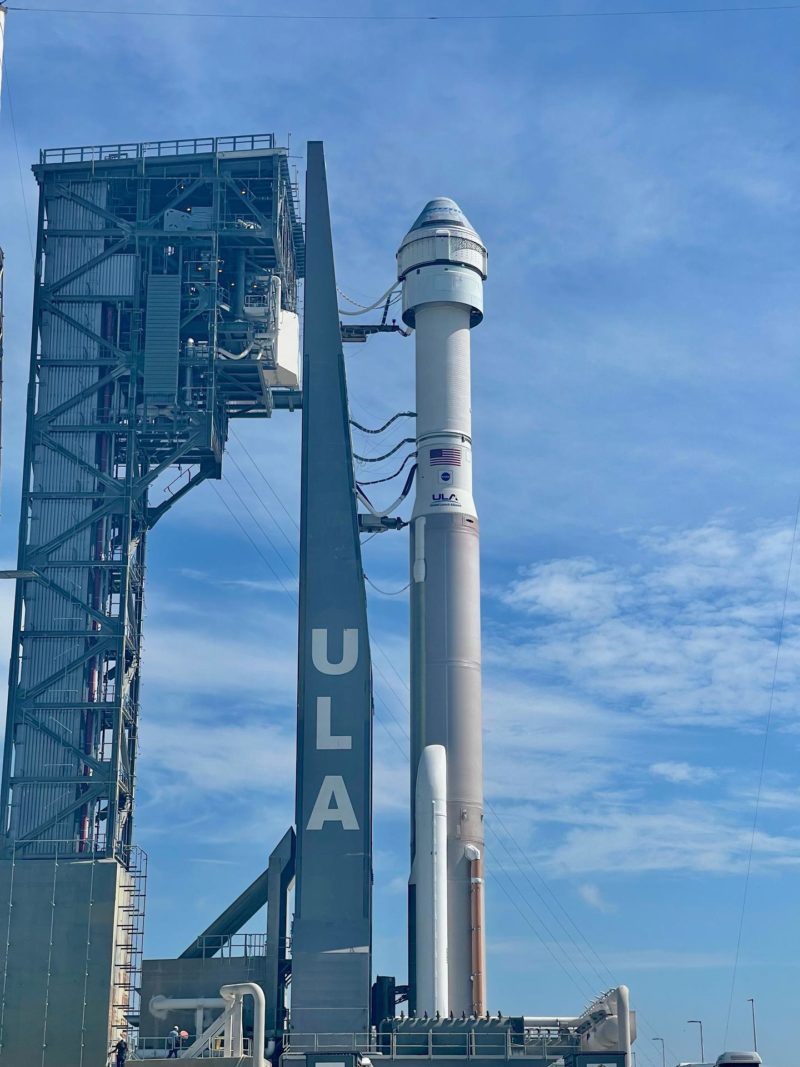
During the OFT-2 pre-launch press conference on Tuesday, 45th Weather Officer Will Ulrich explained that mid-afternoon summertime launches from the Space Coast always require his team to be “prepared for a challenge”. Mr. Ulrich stressed the prevalence of afternoon showers and thunderstorms at this time of year and, indeed, Friday’s opening attempt was given only a 40-percent probability of acceptable weather, although it ultimately edged upward to about 50-50.
Conditions for next Tuesday’s No Earlier Than (NET) attempt—if it happens—look a little more favorable, with a 60-percent likelihood that Mother Nature will play ball at launch time.

“An extended period of southwest steering flow is expected over the next week, which typically favors the eastern half of the peninsula for afternoon showers and thunderstorms,” noted the 45th in its L-4 weather briefing issued Friday morning. “The forecast for Tuesday’s launch is a combination of climatology and persistence, which suggests the best chance for precipitation may hold off until after the launch window.”
Nevertheless, it was cautioned that a weather-related violation may still arise during the countdown, “due to isolated showers and thunderstorms in the area, particularly towards the end of the count.” All told, the risk of infringing the Cumulus Cloud Rule, the Surface Electric Fields Rule and the Lightning Rule are expected to be the potential show-stoppers.
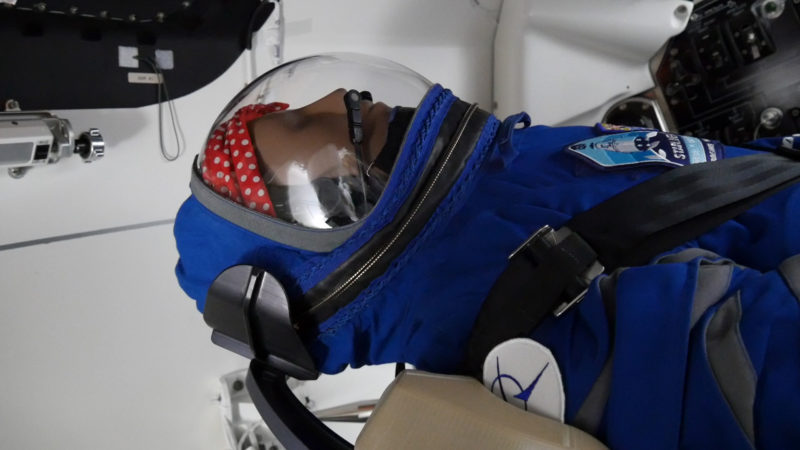
Assuming a launch at 1:20 p.m. EDT Tuesday goes ahead, the Atlas V will power off SLC-41 with a combined thrust of 1.6 million pounds (725,000 kg). Its twin Aerojet Rocketdyne-furnished AJ-60 solid-fueled boosters will be jettisoned about two minutes into flight and the single RD-180 engine of “Mighty Atlas” will shut down at 4.5 minutes. This will set the stage for a seven-minute “burn” by the Centaur upper stages’s twin RL10A engines, which will propel Starliner towards orbit with a combined impulse of 45,200 pounds (20,500 kg).
A little less than 15 minutes after leaving Cape Canaveral Space Force Station, the spacecraft will separate and enter free flight at an apogee of 112 miles (180 km) and a perigee of 45.2 miles (72.7 km), inclined 51.6 degrees to the equator.
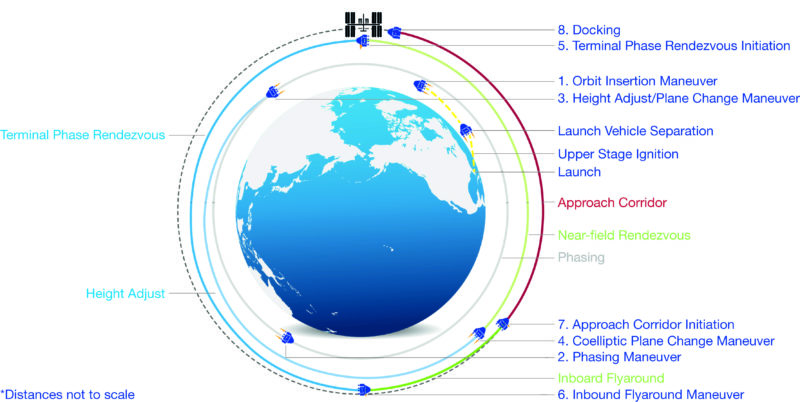
Assuming an on-time launch, OFT-2 will embark on a day-long transit to the ISS. According to NASA, Starliner will remain attached to the space station for between five and ten days, before executing an autonomous undocking, departure and re-entry and parachuting to a landing in the Western United States.
Flying in the commander’s couch aboard Starliner will be “Rosie the Rocketeer”, a Boeing anthropometric test device, who will be instrumented with multiple sensors to gather data from the seat pallet which holds all of the crew seats in place.
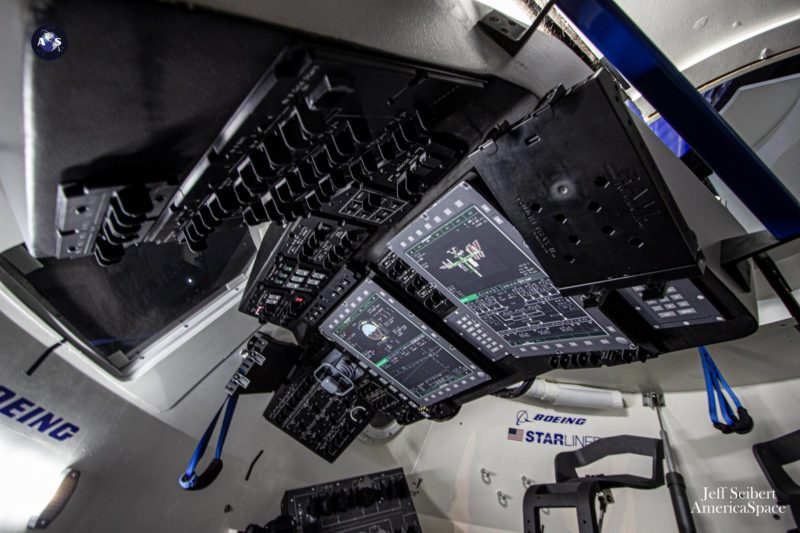
Also heading uphill aboard OFT-2 are about 400 pounds (180 kg) of equipment, payloads and supplies for the incumbent Expedition 65 crew. This includes about 328 pounds (148 kg) of clothing, hygiene items, sleeping bags and food, together with crew care packages, six Radiation Area Monitors and a commemorative U.S. Flag.
And returning to Earth on Starliner is approximately 550 pounds (250 kg) of cargo, including reusable Nitrogen Oxygen Recharge System (NORS) tanks and results from NASA-Glenn’s Preliminary Advanced Colloids Experiment (PACE) and BioServe’s BioCell investigation.




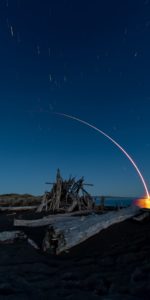
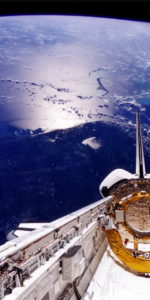
4 Comments
4 Pings & Trackbacks
Pingback:NG-16 Cygnus Prepares for Tuesday Launch, as OFT-2 Starliner Delay Lengthens « AmericaSpace
Pingback:NG-16 Cygnus Prepares for Tuesday Launch, as OFT-2 Starliner Delay Lengthens
Pingback:NG-16 Cygnus Launches, Honors Challenger Veteran, Heads to Space Station « AmericaSpace
Pingback:NG-16 Cygnus Launches, Honors Challenger Veteran, Heads to Space Station